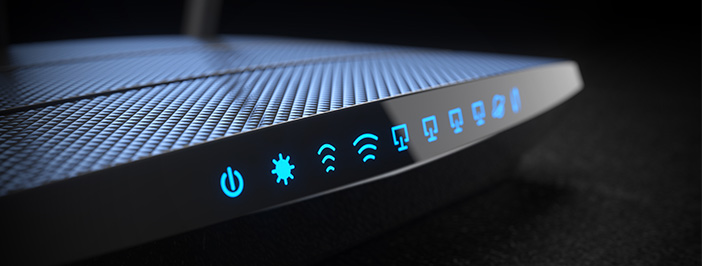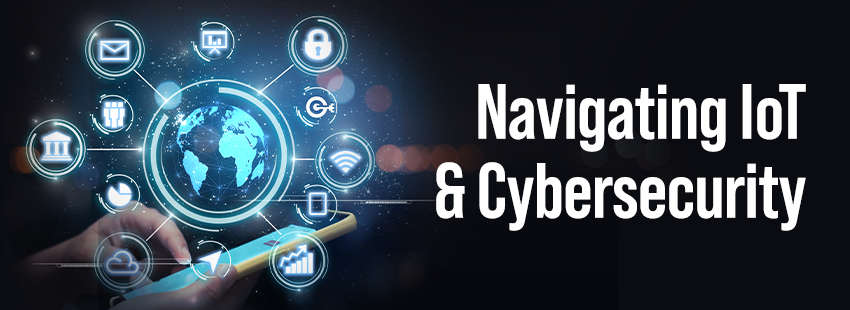4 Endpoints You Might Not Be Protecting, But Should
When most companies think about cybersecurity, they worry about protecting their network from viruses and malicious phishing emails.
While those are valid concerns, they’re overlooking an important factor – their endpoints. These are everywhere, and they need to be protected from impending hijacking and hacking attempts.
But let’s back it up. What exactly is an endpoint, you ask?
It’s anything that can connect to your network and reach out to the Internet.
Some of the most common endpoints that you’ll probably find in your office include:
- Laptop and desktop computers
- Mobile devices
- POS terminals
- Printers
Now, here are some items that you’ve connected to your network that should be considered endpoints:
- Wireless Cameras
- Smart TVs
- Video conferencing systems
- Smart thermostats
- Motion sensors
Each of these devices is crucial to your business’s success. Naturally, you can enjoy using them for their many benefits, but you have to be conscious of their vulnerabilities.
Here’s how to protect 4 of the most common endpoints.
1. Mobile Devices
When employees bring their own devices to work, they can unintentionally spread malware access to the company’s network.
How’s that?
Devices can become infected when attached to public networks (such as connecting the Wi-Fi in coffee shops, airports, etc). Even so, endpoint protection isn’t just about the malicious software.
You should always be careful when browsing in public. People can see (and often film) you typing in critical passwords or accessing sensitive company information.
Some reliable ways to prevent smartphones and tablets from harming your security include:
- Mobile Device Management (MDM) that applies uniform security policies across all mobile devices.
- Hypervisors that essentially divide the phone in two for personal and professional use.
- Performing regular audits to check employee devices for malware.
- Improving network security to recognize potential malware on mobile devices.
- A plain’ ol privacy screen that helps keep your screen free of nosy onlookers.
Mobile devices can also threaten your security when they leave the office. If an employee loses a device, someone else could use it to access company files and networks.
Related: 3 Key Components of Data Protection in the Cloud
Make sure all employees use strong passwords to prevent unauthorized people from using the devices. Also, require two-factor authentication for anyone trying to access your company network.
2. Desktop Computers
Desktop computers are still the most popular ways for employees to work in their offices and cubicles. Many employees need to use computers to access their email accounts, perform work-related tasks and communicate with team members.
While computers are essential tools, they can put your network at risk, especially when your employees don’t know how to identify phishing attempts and untrustworthy sites.
You can protect your network by:
- Training employees how to spot phishing emails.
- Sending faux-phishing attempts to employees to make sure they understand their training.
- Using a content filter that prevents employees from visiting potentially dangerous websites.
Related: The 5 Most Common Cyberthreats and How to Avoid Them
3. Network Connected Printers
Your printers probably don’t seem like devices that you need to keep secure. Like all endpoints, though, they can cause security vulnerabilities.
The printers of today are smart devices that do more than receive instructions through network connections. They can also communicate with the network. That makes them potential launching pads for malware attacks.
Some of the best ways to mitigate the risks of smart printers include:
- Updating firmware so devices can recognize malware.
- Performing print security threat assessment to determine whether any of your printers are particularly vulnerable.
- Actively monitoring communications to identity threats.
Related: 7 Tips to Manage Cybersecurity Risk
4. IoT Devices
Ah, the Internet of Things.
Interconnecting all sorts of devices does wonders for access control, features, and productivity. However, it presents new challenges in terms of security – how can you stop all these internet-connected devices from being hacked?
More specifically, how can you stop them from infecting your primary network?
The answer is to be intelligent with your network infrastructure. Start by segmenting your network to keep your IoT devices away from your primary network. That includes smart TVs, Wi-Fi cameras, and video conferencing systems.
If you think that we’re being overly paranoid, consider this:
The 2013 Target data breach that affected 41 million people was caused by an unsecured (and infected) HVAC computer that was directly plugged into the Target network.
Looking to the Future
The endpoint security of today is complex. Tomorrow, it may become even more complex. Your business must learn to always be mindful of your connected endpoints to ensure proper protection.
Through network segmentation, automated security policies, and robust cybersecurity measures, you can reap the benefits of your endpoints without sacrificing security.
Have more questions about endpoint protection? Contact us for more information, as well as tips that are specific to your organization.





